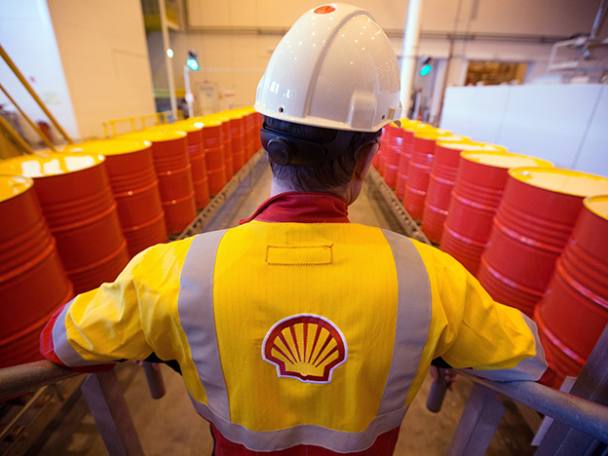Royal Dutch Shell (RDSB) is pinning its long-term, low-carbon hopes on building a power business with higher margins than anyone in the space can currently manage. Chief executive Ben van Beurden told reporters that Shell would move carefully into power trading, marketing a supply while also staying “asset-light”.
“We're not interested in this business because of the returns of the utility industry traditionally – we believe we can build a modern, integrated power business that delivers returns in the 8-12 per cent range,” he said. “The power business used to consist of relatively straightforward delivery of electrons; centralised, stable supply. All of that is changing, changing into a system with much more risk, much more complexity, but also more potential for higher returns.”
Shell did not outline a 2021-25 capital expenditure spend on its power division, unlike the rest of its sections. The energy major’s medium-term prospects are far more concrete, with the aim of returning more of its free cash flow to shareholders and to get the dividend yield offered by the shares up to around 10 per cent from the current 6 per cent, equalling returns of $125bn (£99bn) between 2021 and 2025.
Mr van Beurden said these returns would be driven by free cash flow rising from $28bn-$33bn in 2021 to $35bn (at $60 a barrel) by 2025. In the 2021-25 period, capital expenditure will average $30bn, with integrated gas taking the largest chunk at $6bn-$7bn a year.
The group said it would keep spending $20bn a year in capex. “As long as there is sustained demand for oil and gas, there will be sustained commitment from Shell, and that means sustained investment,” Mr van Beurden said.










